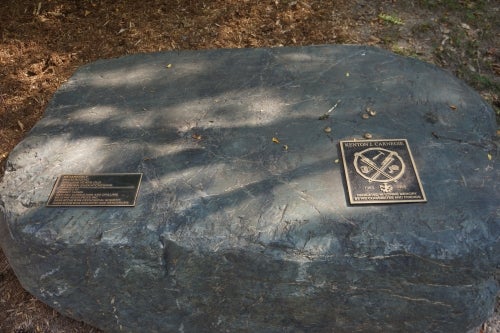
Kenton’s rock story
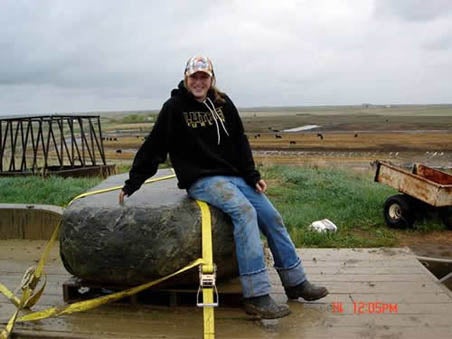
Kenton’s rock loaded for shipping in Weyburn, Saskatchewan.
I started my life two billion years ago as molten magma in an area where volcanoes formed along the edge of an expanding ocean basin. Most of the magma in my chamber was released on the seafloor, where it cooled forming basalt pillow lava. I was lava that did not make it to the seafloor. I cooled and solidified in a vertical fracture to form a mafic intrusion.
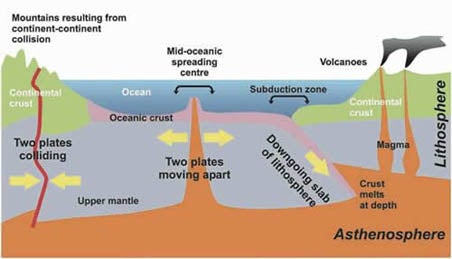
An image showing the the 3 types of plate boundaries.
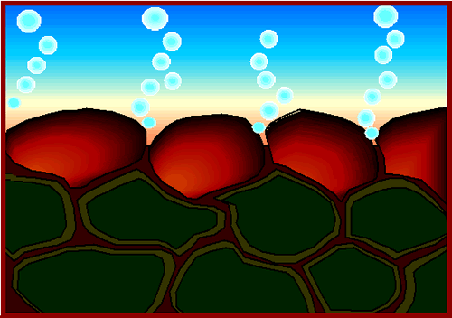
An image of pillow lavas.
Other rocks originated in this ocean basin, including sedimentary rocks that formed when layers of mud, sand and gravel, deposited on the sea floor between periods of volcanic activity, were subsequently buried and hardened. Time passed and all these rocks were pushed deep under growing mountains where they were transformed by heat and pressure into metamorphic rocks forming an area now known as the Canadian Shield.
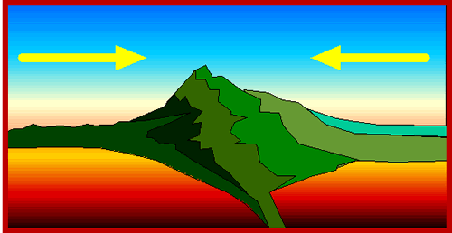
An image showing a convergent plate boundary of between two continental plates.
When I originally cooled and crystallized to form basalt, I was made up mostly of black minerals. During metamorphism, the black minerals were transformed into greenish chlorite.Therefore, I am a basalt, changed by heat, pressure or both and I retained some of my original characteristics. I am now a type of metamorphosed basalt, called metabasalt, formed from dykes that transformed into amphibolite. Areas composed of lava and sediments like mine form part of the Canadian Shield called “Greenstone Belts.”
Greenstone Belts contain mineral deposits. Gold is one of the minerals searched for in my type of rock. Gold is found in stress cracks filled with quartz veins. Water traveling through the rock layers dissolved minerals from the surrounding rocks, concentrating them.
I, together with other igneous and sedimentary rocks, were squeezed, folded, and sheared again and again, deep in the earth. Stress cracks formed at different times, and were filled with white calcite veins.
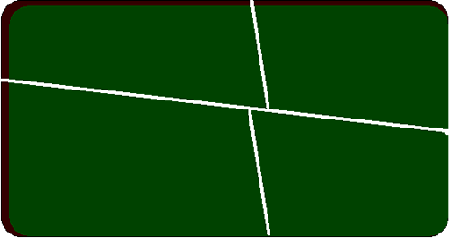
An image of stress cracks.
Time passed, and the mountains were eroded. Erosion took away a 20 kilometre thick blanket of rocks and washed them out to sea as fine sand and gravel. These sediments were eventually buried deeper and deeper and began to form new sedimentary rock. About 30 thousand years ago, the last massive continental ice sheet of the Ice Age moved across Saskatchewan and plucked me from the surrounding rocks near Flin Flon. As I was transported in the ice to the Weyburn area in southern Saskatchewan, I was scratched in two directions leaving scars on my surface which indicate that somewhere along my journey the direction of ice movement changed. When the ice melted, I fell to the surface of the ground along with sand and other rocks, large and small, to form the glacial deposits which are now the site of the sand quarry from which I began my final journey to Waterloo.
Remembering Kenton Carnegie, University of Waterloo Geological Engineering Student
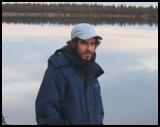
Kenton Joel Carnegie, a third-year University of Waterloo Geological Engineering Student, was admired as a leader, scholar and friend amongst his classmates. He was actively involved within the school community as a member of the Engineering Society and a class representative for communications between professors and students, all while maintaining grades that far exceeded the class average.
In November 2005, Kenton Carnegie died tragically on a work term placement in Northern Saskatchewan. In memory of their good friend Kenton, the Geological and Environmental-Civil Engineering classes of 2007 are raising funds to purchase a memorial to commemorate his life.
Kenton had an idea for his class when they graduated. Their gift to the University of Waterloo would be a rock for the Peter Russell Rock Garden, located near the Biology 2 building. Kenton’s classmates want to make his dream a reality, commemorating his wonderful life. On behalf of and as a dedication to Kenton, his classmates raised money to purchase a rock for the Peter Russell Rock Garden.
Visit me in my new home and sit on me. Remember the interesting times I had over billions of years and contemplate Kenton’s fascination with the land, its formation and beauty. Kenton was searching for uranium in a rock called the "Athabasca sandstone" when he was working in northern Saskatchewan.
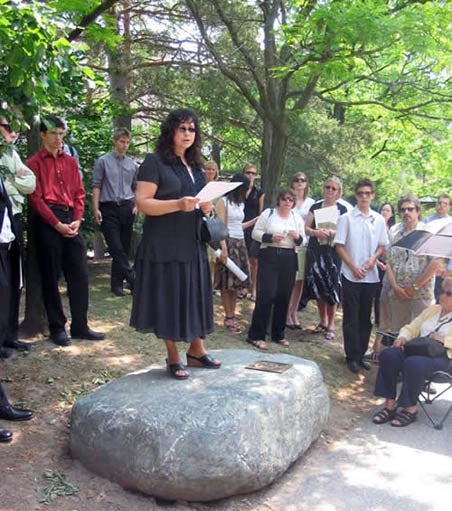
Kenton’s mother, Lori, reads a poem during the dedication of Kenton’s rock on June 16th, 2007. Kenton’s family received a posthumous degree at the convocation when his classmates received their degrees.
The following companies and organizations assisted with acquiring Kenton’s memorial rock:
- Cugnet Farms
- Geo-Pac Consulting and Drilling
- Medora Resources Incorportation
- Saskatchewan Geological Society
- Saskatchewan Industry and Resources